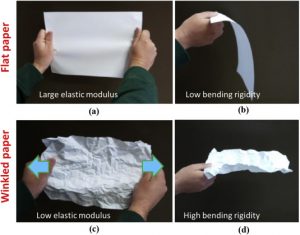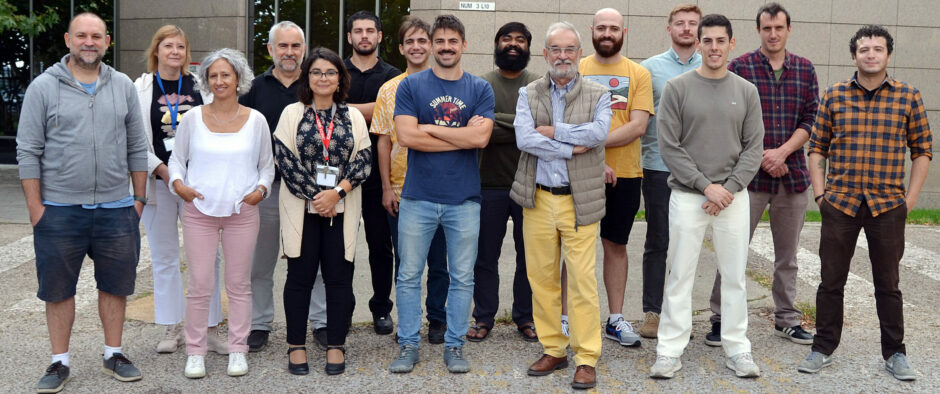The effect of rippling on the mechanical properties of graphene
Guillermo Lopez-Polin, Cristina Gomez-Navarro, Julio Gomez-Herrero
Nano Materials Science 2021
DOI: https://doi.org/10.1016/j.nanoms.2021.05.005
Graphene is the stiffest material known so far but, due to its one-atom thickness, it is also very bendable. Consequently, free-standing graphene exhibit ripples that has major effects on its elastic properties. Here we will summarize three experiments where the influence of rippling is essential to address the results. Firstly, we observed that atomic vacancies lessen the negative thermal expansion coefficient (TEC) of free-standing graphene. We also observed an increase of the Young’s modulus with global applied strain and with the introduction of small density defects that we attributed to the decrease of rippling. Here, we will focus on a surprising feature observed in the data: the experiments consistently indicate that only the rippling with wavelengths between 5 and 10 nm influences the mechanics of graphene. The rippling responsible of the negative TEC and anomalous elasticity is thought to be dynamic, i.e. flexural phonons. However, flexural phonons with these wavelengths should have minor effects on the mechanics of graphene, therefore other mechanisms must be considered to address our observations. We propose static ripples as one of the key elements to correctly understand the thermomechanics of graphene and suggest that rippling arises naturally due to a competition of symmetry breaking and anharmonic fluctuations.

